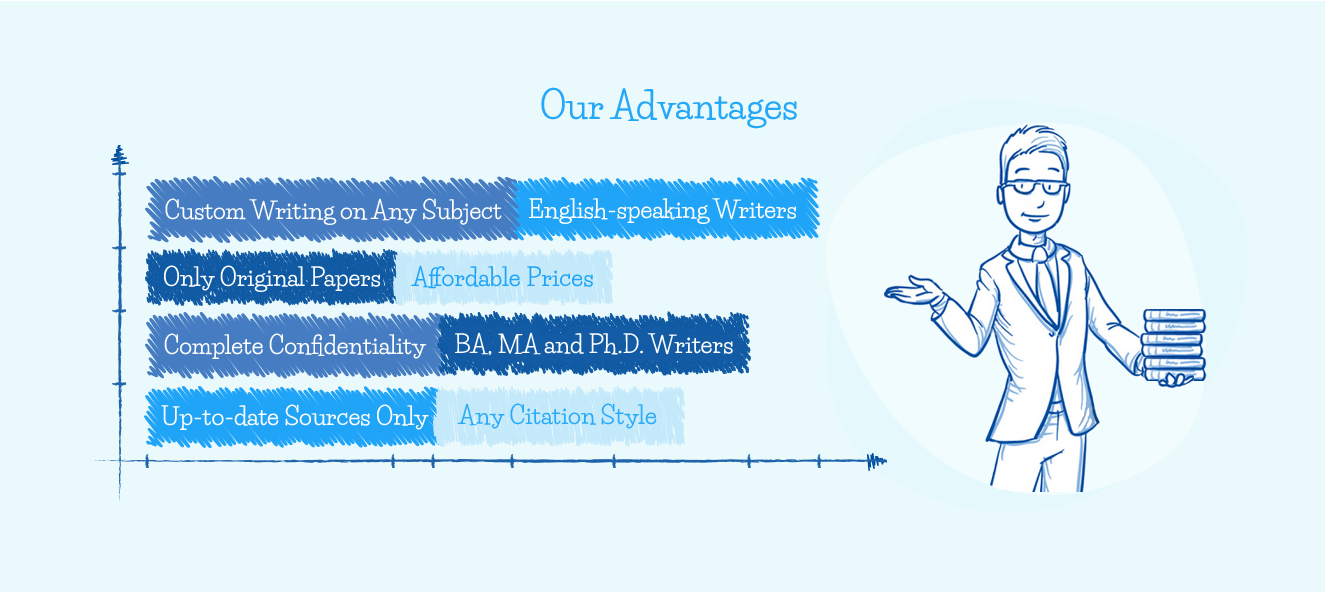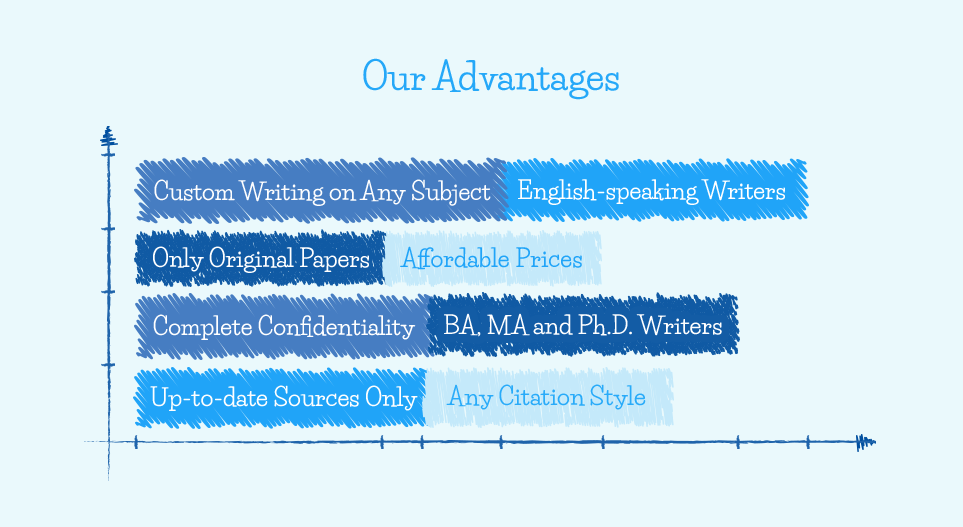
Code of Ethics Implementation Plan
Codes of ethics are widely known as a means by which an agency communicates its requirements and expectations to the stakeholders. A comprehensive implementation plan includes communication and training campaigns that raise awareness about the desired conduct. The ethical codes should be delivered and enforced by the management to lead the way for the employees. The purpose of the given paper is to design a research-based strategic plan to implement a code of ethics in an organization.
Connecting the Code of Ethics with Mission, Vision, and Core Values
The code of ethics should not stand in isolation from the organization’s valuable documents, such as the vision and mission statement. It usually works in conjunction with these statements to give the stakeholders an idea of the company’s priorities, ethics, and culture as well as the behavior expected from them. The key to connecting the ethical code to the mission and vision is to make the employees understand their daily duties and the purpose of the organization (Mika, 2010). Nevertheless, the code of conduct should demonstrate a higher level of specificity than the mission and vision, involving particular nuances of the health care industry and its primary goals to ensure accountability and fairness. While the document should be necessarily aligned with the organization’s mission and vision, it should also be specific enough to serve as a guideline for the stakeholders without describing the rules of conduct for every ethical issue that may arise.
You can contact us if you want to Buy a Marketing Essay help on this or any other topic.
Furthermore, the code of ethics should epitomize the behaviors in questionable ethical situations without listing the core values, which it represents. In such a way, the values document should represent a concise and condensed version of the ethical code, emphasizing the desirable qualities rather than appropriate behaviors (Mika, 2010). While implementing the code, the managers have to define what values are essential as well as determine what the organization would never do to keep the patient, meet the annual targets, or boost the revenues. By defining the boundaries, which the agency will not cross, the executives set a specific framework for the stakeholders, linking the core values to the ethical code.
Launching the Ethical Code and Communicating It to the Employees
Launching the code of ethics in the workplace presupposes communicating guidelines for the appropriate conduct to all stakeholders and providing adequate assistance to ensure that everyone understands the policies. Therefore, a training course becomes an important consideration for managers who are supposed to implement the code in an efficient manner (Johnson, 2016). Ethical expectations can be delivered in an online format, which permits health care providers to implement the code at their own pace. Nevertheless, the deadline should be mentioned to ensure that the implementation process will be finished on time. Another effective tool to communicate the code is to develop a cartoon-based show to raise ethical awareness. The stakeholders should be provided with a comprehensible set of animated scenarios lingering upon different ethical dilemmas, such as pro-choice versus pro-life, truth-telling versus deception, autonomy versus control, evidence-based knowledge versus personal values, etc. Employees are supposed to resolve problematic issues at hand, thereby demonstrating their understanding of the code. Such strategic tools will serve as inspirational characteristics powerfully motivating the employees for positive conduct (Wulf, 2011). After completing the training, all stakeholders will receive a competency certificate as evidence that they mastered the ethical code.
Managers are also responsible for making copies of the code and distributing them to the stakeholders to review and sign the form. The signature will serve as an agreement between a health care organization and the signee of the code. Besides, it is increasingly important to keep a printed version of the code in a communal area for the team members to have direct access to the policies when required (Johnson, 2016). Finally, the digital version of the ethical code should be posted on the organizational website, ensuring that accessible information is communicated.
Enforcing the Code of Ethics
Enforcing the ethical code is widely known as an essential aspect of maintaining the integrity of the health care profession and actively promoting fair and accountable practices. The implementation process should include establishing the measures for investigating allegations of ethical misconduct and imposing sanctions on those employees who neglect the code. Depending on the severity of misbehavior, the sanctions may involve dismissals, disciplinary actions, and legal ramifications, such as lawsuits (Wulf, 2011). Furthermore, the repercussions, which are associated with breaching the code, should be necessarily posted on the website, as a constant reminder of the employees’ ethical accountability.
Managers also need to establish a code of ethics committee that will be responsible for reviewing allegations of ethical violations. Meanwhile, a set of detailed guidelines should be developed to evaluate questionable ethical issues, outlining the specific steps that the stakeholders must consider to respond to an allegation of misbehavior. It is also critical to properly explain the procedures of reporting questionable misconduct, making sure that all allegations are submitted in a written form to create sufficient evidence of the incident. The organization’s executives should conduct a hearing involving the code of ethics committee to investigate the complaints of unethical conduct (Wulf, 2011). The committee should pay close attention to the decision-making process, concluding a disciplinary action for the behaviors that are not tolerated in the organization.
Evaluating the Code of Ethics
It is necessary for an organization to regularly assess the code of ethics to determine whether it properly functions or requires revisions to maintain its applicability. First of all, managers need to decide whether the policies are clear to the stakeholders. The major purpose of an ethical code is to provide a set of standards and principles for a health care organization. It is worth mentioning that the code should provide recommendations regarding the general set of norms but avoid directly mentioning a set of core values of an agency. For the evaluating strategy to work, it is essential to determine whether the code works in workplace settings. The ethical code should clearly define the actions that will or will not be tolerated as well as provide the employees with the tools to deal with ethical dilemmas (Johnson, 2016). If the code does not address at least one of these goals, revision is urgently required.
In addition to meeting the purposes of the health care organization itself, the ethical code is designed to instill a sense of trust in the stakeholders involved. For instance, patients have a fundamental right to expect that a health care provider will treat them with respect, which should become one of the principles of the ethical code. Moreover, medical patients have a right to expect that the health care provider who violates the code will be severely penalized. Finally, the executives should determine whether the code is revisable. In practice, a group of employees who represent different aspects of the medical profession may undertake this task.
How it works
Step 1
Visit our website and go to the order formStep 2
Fill in specific essay details in your order description sectionStep 3
Pay for your custom essay and get your order verifiedStep 4
Process of writing your academic assignmentStep 5
Editing and anti-plagiarism checkStep 6
On-time delivery of an already written essayExplaining Why the Implementation Plan Will Succeed
Most stakeholders tend to resist the change efforts because of a fear of the unknown, which may contribute to the failure of the implementation of the most effective ethical codes. Some staff members may perceive the codes of conduct as simply another control mechanism introduced by the authorities (By & Burnes, 2013). It is therefore pivotal that motivational and inspirational aspects of the codes are highlighted as much as the regulatory requirements (Johnson, 2016). Hence, the proposed implementation plan involves placing focus on the inspirational and entertaining characteristics, such as a set of animated scenarios and competency certificates, as well as emphasizing the specific policy guidelines. Additionally, the most effective strategic tool is to introduce a balanced approach to implementing the ethical code that can motivate staff members, provide guidance, and regulate conduct. Specifically, the enforcement mechanism should include a combination of raising awareness competencies, investigative bodies, and sanctions (Johnson, 2016). The suggested implementation plan is likely to succeed in the empirical environment, as long as it involves a combination of all important mechanisms, such as the online training course, employee handbook, cartoon-based show, code of ethics committee, and preventative sanctions.
Conclusion
In general, the implementation of the codes of ethics is a complex multifactorial process that requires careful consideration. Aligning the ethical code with the mission, vision, and core values helps to ensure that the employees are united in their effort to produce a meaningful change in the organization. Communication and awareness campaigns are some of the other important issues contributing to organizational health and coherence. The major goal is to provide the employees with guidance in complicated ethical situations, thereby actively encouraging a positive behavioral model. In addition to proper training, the plan involves effective enforcement strategies provided in the form of preventative management mechanisms and sanctions. To accurately evaluate the code of ethics for effectiveness it is necessary to ensure that it describes positive conduct and offers appropriate tools for promoting it. Meanwhile, the code of conduct should remain open to revision as well as promote public trust and loyalty. The implementation plan can be viewed as an effective strategy because it involves a balanced approach to implementing policies and promoting appropriate conduct.

















